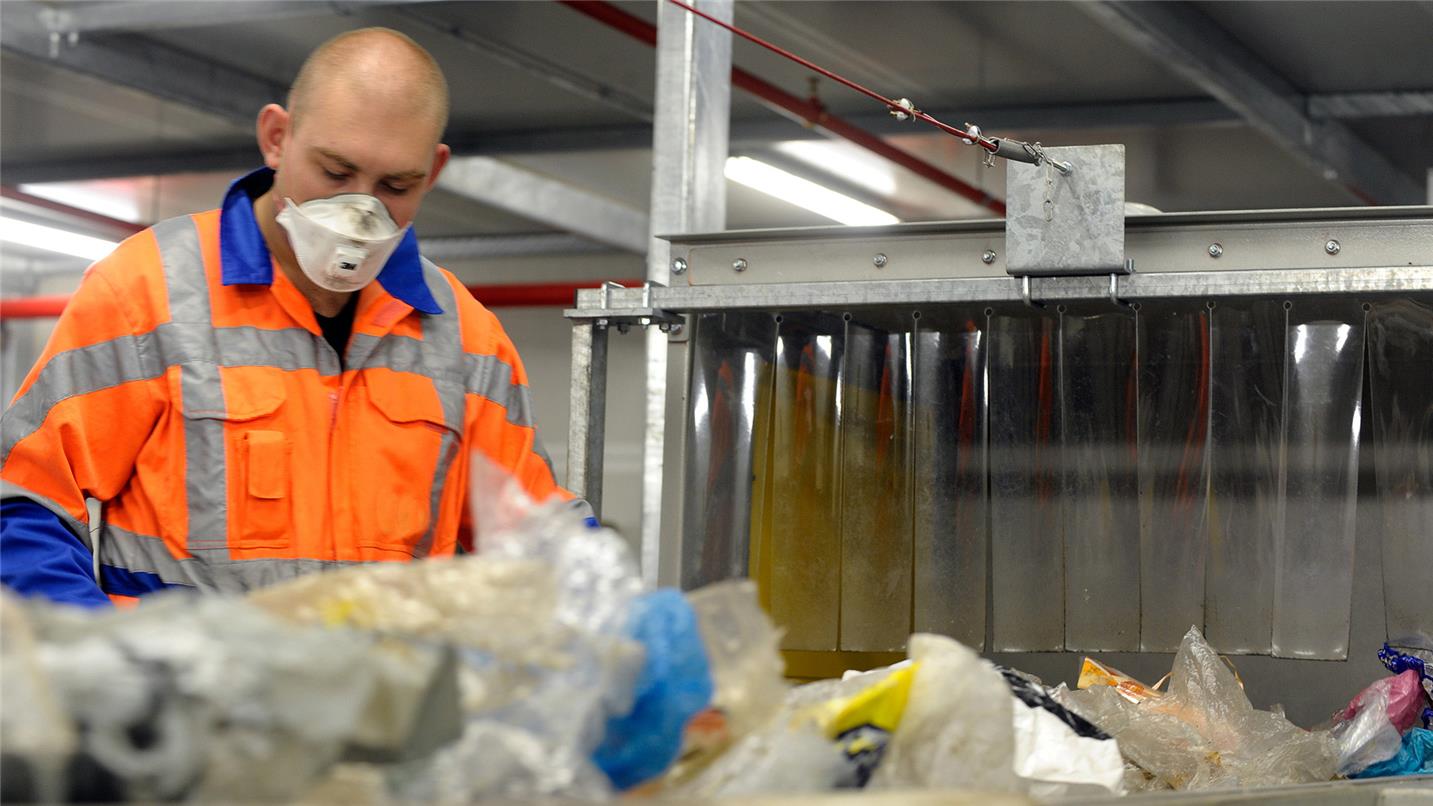Guarantee secure storage of your residual waste
We provide storage solutions for residual waste adapted to each waste stream produced, in accordance with the regulations:
- Non-hazardous waste (residual ordinary industrial waste, organic waste and non-reusable waste) is treated and stored in non-hazardous waste storage facilities.
- Hazardous waste is stabilised and then stored in specific units under close surveillance.
Our different solutions:
Consulting
Optimum disposal of your non-hazardous waste
Stabilisation of your hazardous waste for the purpose of storage
Treatment of toxic waste in low quantities
Traceability and storage of your hazardous waste in complete safety
Recover residual waste to reduce your costs and protect the environment
Isolation of recoverable residual waste
Contribution to the energy transition
Secure treatment of effluents
Preservation of biodiversity
We go beyond the current regulations in terms of preserving biodiversity. The residual waste storage facilities are subject to an impact analysis including assessment of the sensitivity of the environment, implementation of practical measures to avoid, reduce or compensate for the impacts generated by the site. This study is performed prior to opening or extending any site.
Each full waste storage cell is capped with a sealed cover and planted to blend into the landscape surrounding the site. We develop specific partnerships with the Regional Parks to guarantee the preservation of species in the natural environment of the storage facilities.
